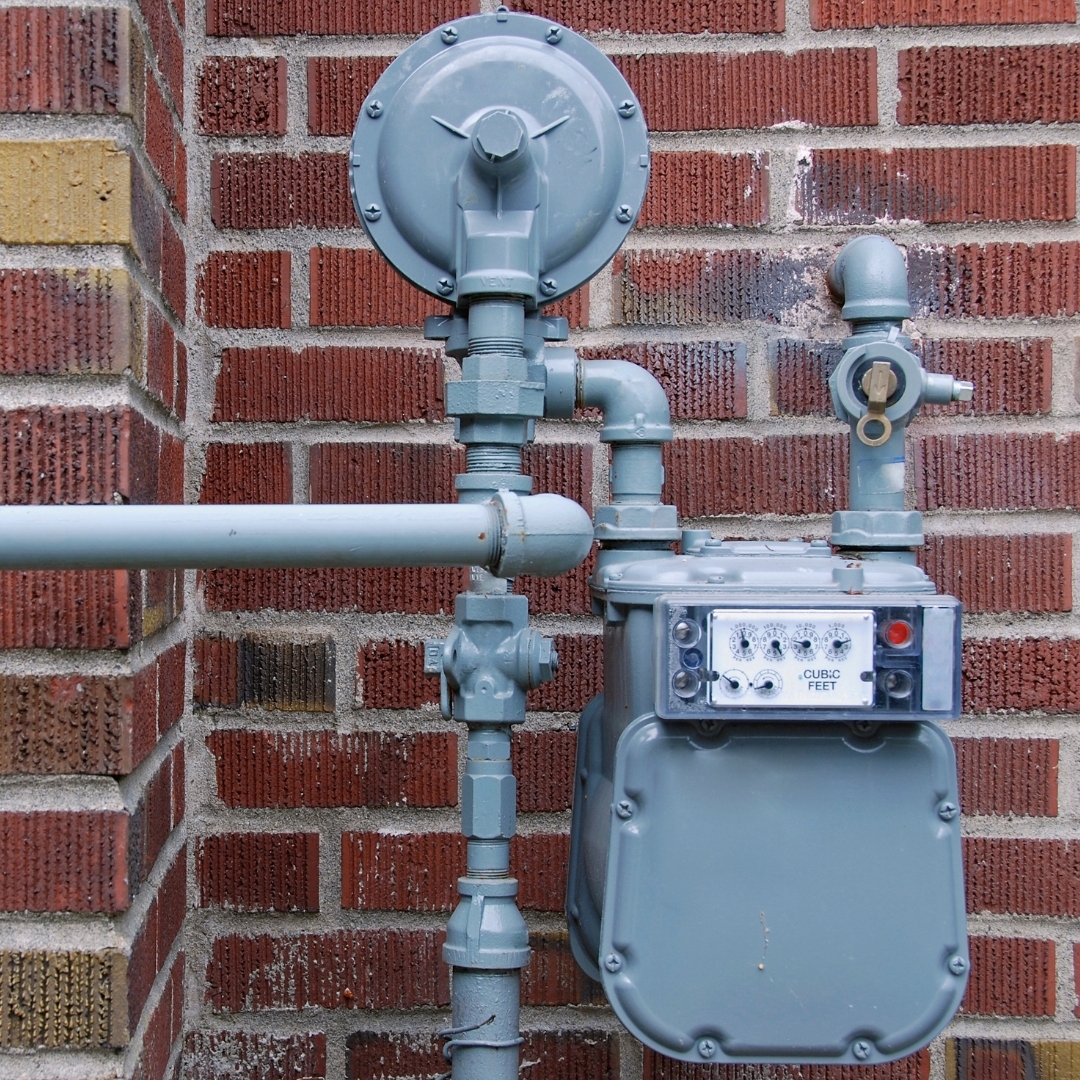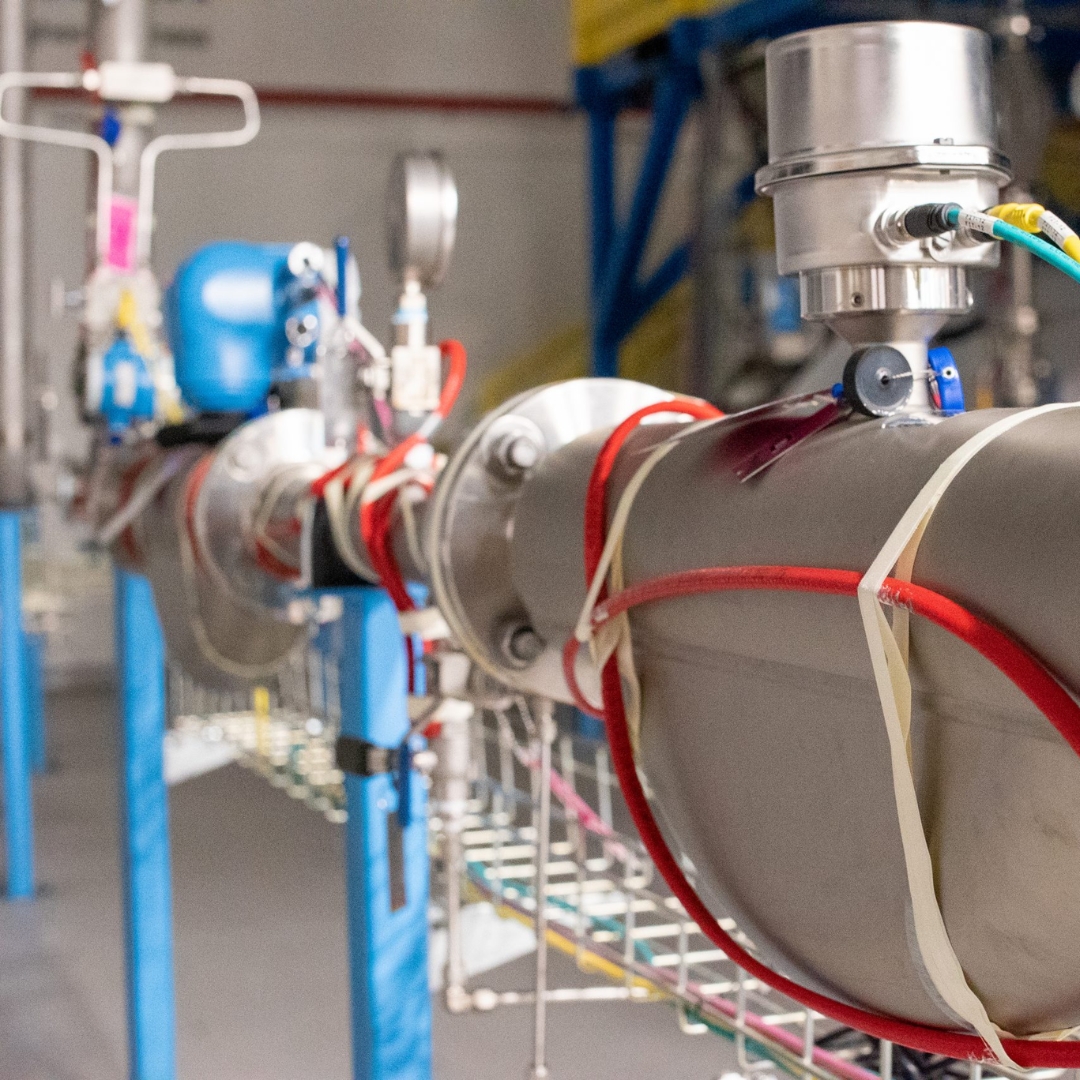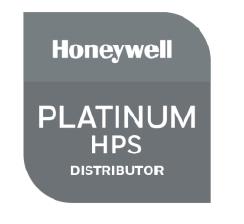Natural gas utilities and industrial facilities operate in demanding environments where accuracy, reliability, and safety are non-negotiable. From measurement and control at the wellhead to monitoring systems downstream, every component plays a role in maintaining performance and protecting assets.
At RELCON, we provide engineered solutions that help facilities measure, monitor, and safeguard their natural gas operations. With over 60 years of experience and partnerships with top manufacturers, we deliver turnkey systems designed to improve efficiency, reduce risk, and support long-term reliability.
Here’s how we support natural gas facilities:
Precision Submetering for Natural Gas
Accurate submetering is essential for utilities, industrial plants, and commercial facilities that need to track energy use and allocate costs. But more than that, it’s the foundation for reliable system management and compliance.
RELCON offers precision natural gas submetering solutions that provide real-time data on flow, pressure, and consumption. By using advanced ultrasonic, turbine, and rotary meters, along with volume correctors and communication assemblies, we help operators capture the exact information they need.
Our submetering solutions integrate seamlessly into facility systems, giving operators confidence in their measurements and enabling better decision-making.
Data Collection and Remote Monitoring
Manual data collection and delayed reporting leave room for errors, blind spots, and costly surprises. That’s why RELCON delivers automated data collection systems with real-time monitoring, alert handling, and analytics.
The benefits are clear:
- Continuous monitoring reduces downtime by identifying issues before they escalate.
- Smart alerts enable rapid response, improving safety and compliance.
- Historical analytics support predictive maintenance and long-term planning.
With RELCON’s data collection services, utilities and industrial users move from reactive management to data-driven decision-making.
Enclosures That Protect Critical Instruments
Even the best instrumentation is only as reliable as its operating environment. Exposure to harsh weather, temperature extremes, or chemical vapors can compromise accuracy and shorten equipment life.
To prevent failures, RELCON engineers and supplies fiberglass composite shelters and climate-controlled enclosures that safeguard regulators, RTUs, gas quality analyzers, and communication equipment. These shelters are designed to withstand tough conditions, provide easy access for technicians, and ensure critical instruments deliver reliable performance year-round.
Enclosures aren’t just about protection, they’re an investment in operational continuity. By housing sensitive systems in controlled environments, our clients reduce downtime, improve measurement accuracy, and extend the lifespan of their equipment.
Why Partner With RELCON?
- Vertical Integration – Unlike many providers, RELCON offers a totally vertical process. We don’t just sell products—we engineer, source, integrate, and support the complete system. This ensures smoother implementation, reduced vendor coordination, and consistent quality across every project.
- Decades of Expertise – With over 100 years of combined team experience, we understand the challenges natural gas facilities face and how to solve them.
- Turnkey Capabilities – From system design and integration to installation and ongoing support, we handle every step with accountability.
- Trusted Solutions – We represent top manufacturers with proven technologies, approved for utility use and applied with expertise to real-world conditions.
- Reliability and Service – Our family-owned values mean we stand behind every solution and maintain long-term relationships built on trust.
Final Thoughts
The natural gas industry depends on accuracy, reliability, and protection at every stage of operation. With RELCON’s expertise in submetering, data collection, and enclosures, you gain the tools and support needed to optimize performance, reduce risk, and protect your investment.
Ready to strengthen your natural gas operations? Contact RELCON today to discuss your facility’s needs or schedule a system assessment.






